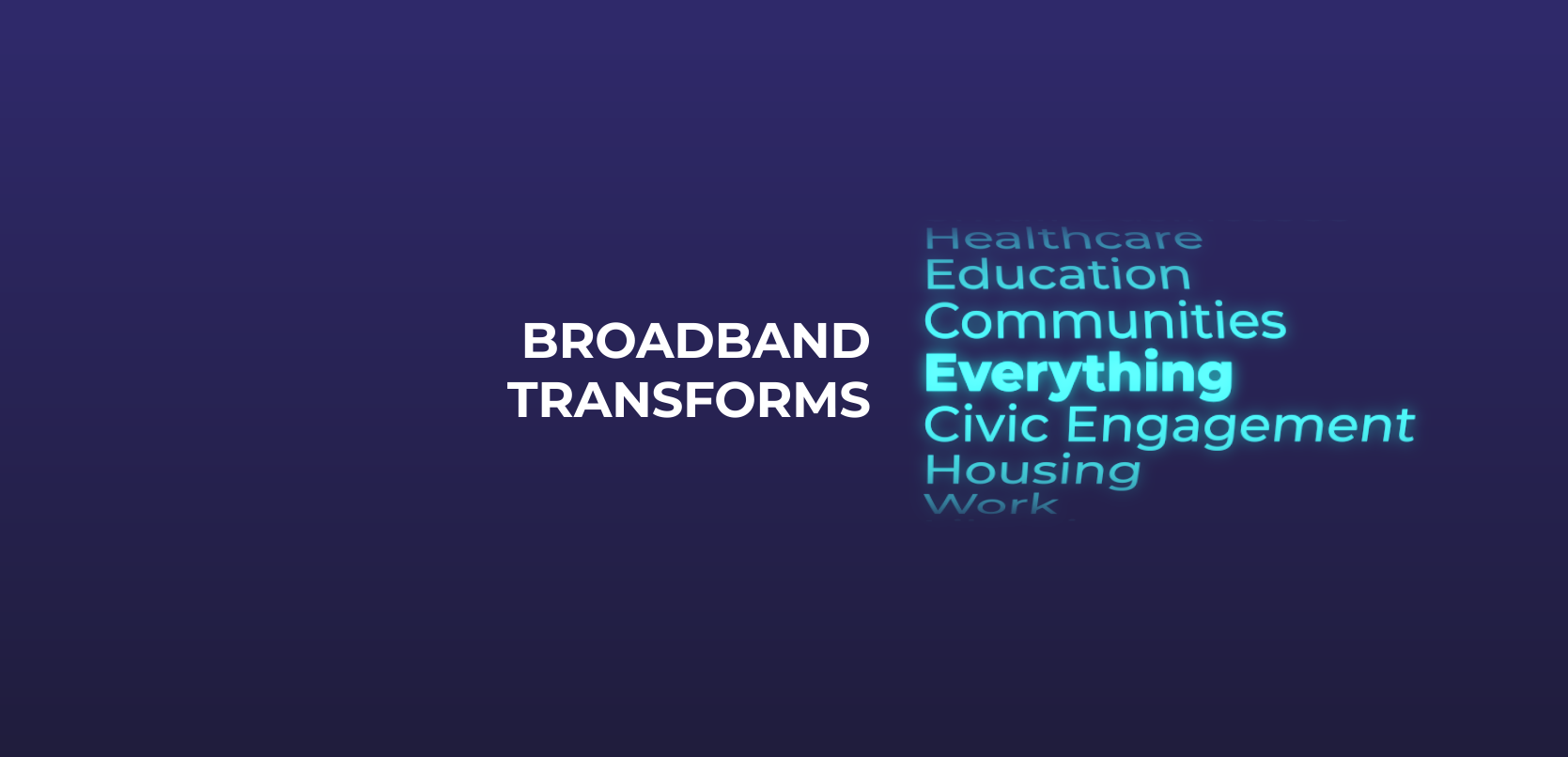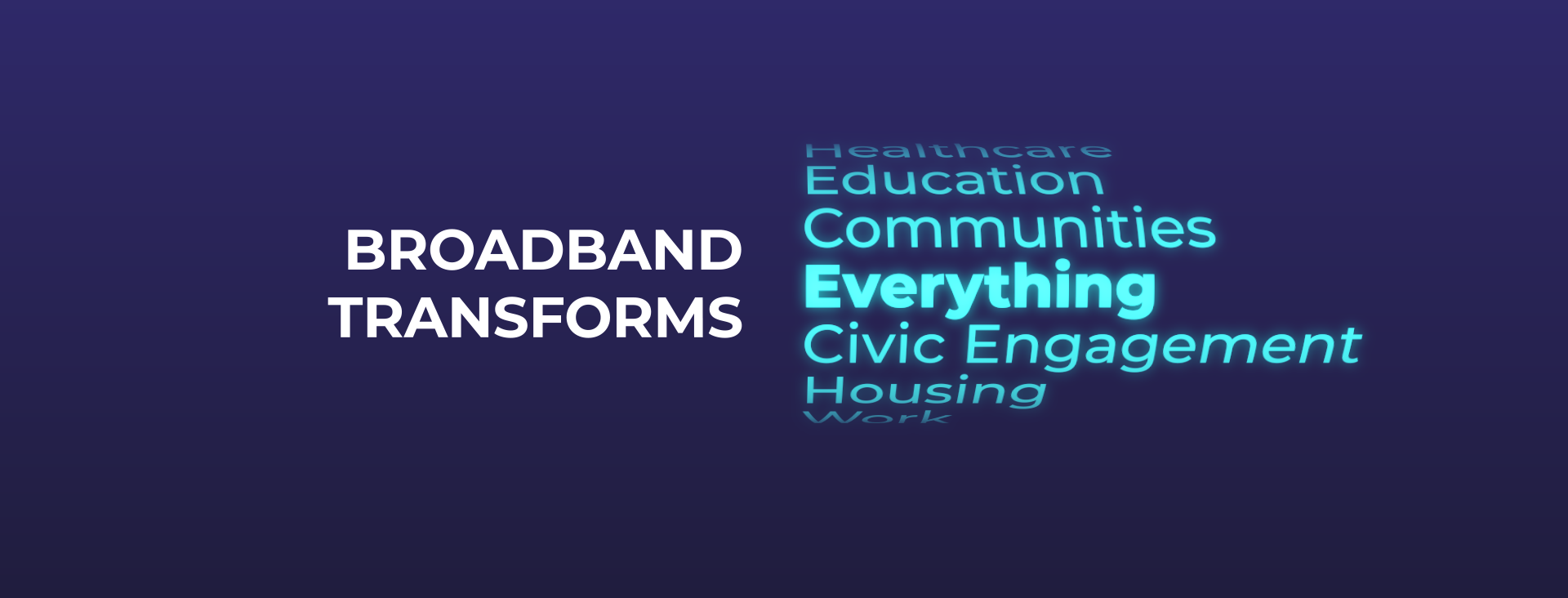The COVID-19 pandemic was a “perfect storm” testing the strength of our nation’s broadband infrastructure. Hundreds of millions of Americans increased their Internet usage while relying on video conferencing and livestreaming applications for everything from work and school to doctor visits. Within days bandwidth usage surged. So, what happened when we all simultaneously logged on to find remote alternatives to our everyday activities?
The Internet was ready.
Thanks to massive investments over the last few decades and an army working tirelessly on our networks, the Internet was a lifeline at a time when it was truly needed. There’s plenty of anecdotal evidence of how the Internet kept America moving during the pandemic, but here’s some hard data.
Network:On commissioned a series of reports by Dr. Raul Katz of Columbia University and Telecom Advisory Services, illustrating how critical fixed broadband infrastructure is to our nation’s economy.
The first report, Fixed Broadband’s Contribution To Economic Growth In The United States Between 2010 And 2020, illustrates how investments in fixed broadband networks to improve speed and access contributed to corresponding economic growth in the same period. For example, if broadband adoption and speeds had remained at 2010 levels, in 2020 the US GDP would have been $1.3 trillion lower ($19.6 trillion rather than $20.9 trillion). This is equivalent to almost $4,000 annually for the average American!

Beyond broadband’s contribution to GDP growth, significant consumer surplus is realized from the fulfillment of a whole new range of applications in the areas of communications, entertainment, and information made possible by improvements in broadband speeds.
The second report, The Role of a Robust Broadband Infrastructure in Building Economic Resiliency During the COVID-19 Pandemic, examined the early stages of the pandemic, when restrictions to in-person activities kept us at home. The COVID-19 pandemic presented an unexpected opportunity to observe the relationship between broadband connectivity and the economy.
Dr. Katz found that broadband played a significant role in dampening the negative impact of COVID. Areas with higher connectivity rates saw less economic contraction. For example, had the national fixed broadband penetration been the same as that of the most-connected state (Delaware, 91.4%) rather than the actual level of 70.5%, national GDP contraction would have been only 1% in 2020, less than half the actual contraction of 2.2%.
Furthermore, pandemic restrictions were less damaging to the economies of states with higher fixed broadband adoption rates because of their ability to continue functioning remotely. Conversely, states with lower broadband adoption rates were more economically sensitive to pandemic restrictions.
As the two studies suggest, broadband infrastructure and connectivity play a crucial role in our economy.
When it really matters, America’s Internet is there. And it’s ready for the future.




